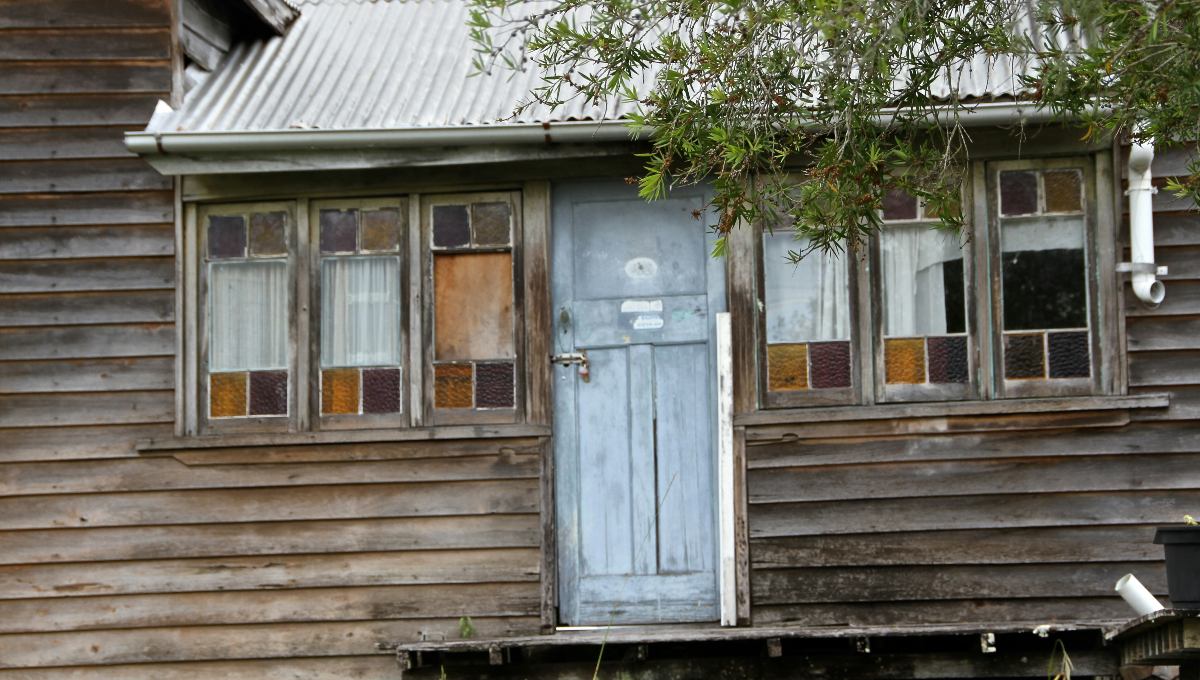A study of Queensland’s 1% stamp duty increase in 2011 found it resulted in a 7.2% drop in the number of homes bought that year.
New research from the e61 Institute and PropTrack also showed the number of people moving in the state in 2011 fell by 9% while cross-state movement declined 14% over the previous year.
The report, titled Stepped on by stamp duty, makes a key claim that removal of stamp duty in New South Wales would likely see a 25% jump in moves in the state, or an additional 100,000 moves a year.
NSW stamp duty cut
In July, the New South Wales government waived stamp duty for eligible first home buyers purchasing homes under $800,000.
To date, 18,700 first home buyers have entered the property market without paying the charge, saving them up to $30,735 per transaction.
Thousands more have taken advantage of the concessional stamp duty rate applied to homes valued from $800,000 to $1 million.
The changes were part of a suite of stamp duty adjustments made in the last state budget.
Meanwhile in Queensland
E61 research manager Nick Garvin said Queensland provided a “natural experiment” as the only state that made significant increases to stamp duty in recent years.
He said the study was able to isolate the impact in a unique way.
“The stamp duty rise was politically opposed at the time and it had a significant impact on the housing market and the mobility of people,” Dr Garvin said.
“We see that stamp duty prevents people from moving and therefore downsizing and possibly even changing jobs,” he said.
“With slowing productivity and problems with housing availability, removing barriers to job and housing mobility is critical.”
The Queensland case study
In August 2011, the Queensland government announced the removal of the owner-occupier stamp duty concession, triggering a spike in purchases before the change took effect.
The report’s modelling shows after the new rate applied, the number of home purchases dropped and stayed low throughout the year.
The occupier concession was reinstated with a change of government less than a year later with purchase rates returning to similar levels, the research found.
Stamp duty skyrockets in a generation
Previous research from the e61 Institute and PropTrack revealed state and territory government-imposed stamp duty has risen around five-fold in a generation.
An earlier study put the cost of stamp duty at around five-months of take home income in most capital cities around Australia, rising to up six months in Sydney and Melbourne.
PropTrack senior economist Angus Moore said the charge was a significant upfront cost for buyers.
“Bracket creep has been an important driver of this increase in stamp duty as most states have the same stamp duty brackets they had decades ago,” he said.
“This means that as home prices have increased, these brackets now capture more homes at higher tax rates.
“[It’s] seen us go from as few as 12% of buyers paying a rate of stamp duty of 3% or more in the early 1990s to 95% today.”
New call for stamp duty to be axed
The ACT is currently in the process of assessing stamp duty charges.
The researchers have been vocal advocates of stamp duty reform, saying its removal and replacement would positively impact not only people looking to enter the housing market but the Australian economy overall.
“Stamp duty is widely unpopular and abolishing it creates the opportunity to have a more equitable tax,” Dr Garvin said.
State and territory governments in Australia currently collect around $60 billion in stamp duty annually.
Image by Lynette Greenslade on Unsplash

Ready, Set, Buy!
Learn everything you need to know about buying property – from choosing the right property and home loan, to the purchasing process, tips to save money and more!
With bonus Q&A sheet and Crossword!

